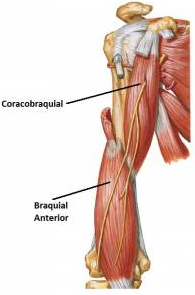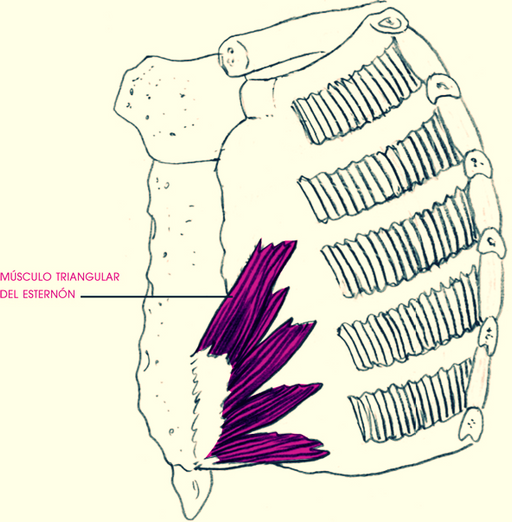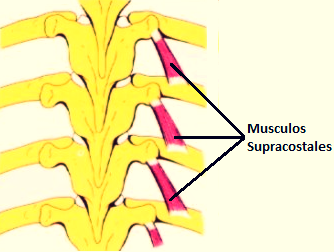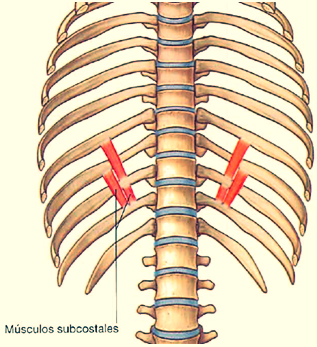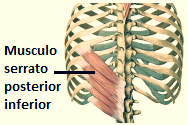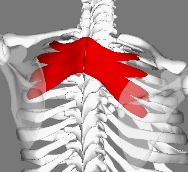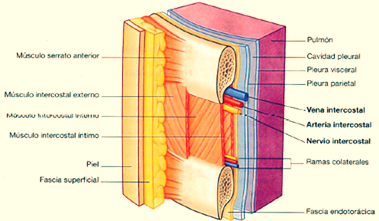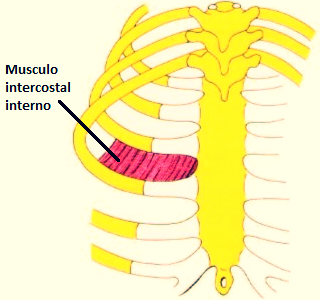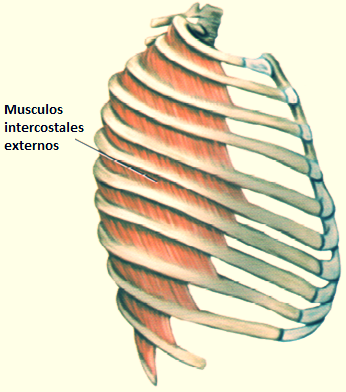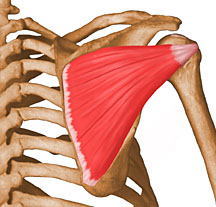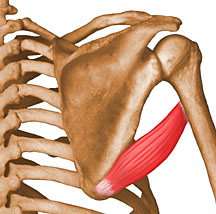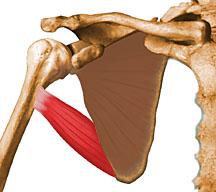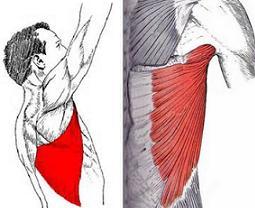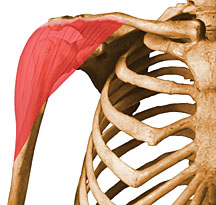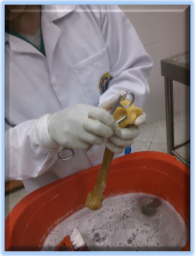UNIVERSITY ANDINA CUSCO
FACULTY OF HEALTH SCIENCES
CAREER OF MEDICINE HUMAN
BLEACHING BONE IN PEROXIDE HYDROGEN (OSTEOTECNIA)
INTRODUCTION
The teaching of human medicine is faced different Institutions With anatomical pieces Obtaining biological as teaching material. For This reason, it is of utmost Importance, knowledge of the preservation and restoration of materials present in laboratories, using accessible techniques and low cost.
The Osteotecnia, Refers to the various techniques for the preparation and preservation of bone pieces, Either for use in educational anatomy labs or for demonstration purposes, as it is in museums. It is based on the collection Primarily, cleaning and bleaching of bone material.
FRAMEWORK THEORETICAL
Composition of bone
Our bones are made of a materials called bone tissue. This fabric has the distinction of being very hard That Comprise Because the cells are surrounded by it hard minerals like calcium and phosphorus. Also it found in tissue esta resistant protein called collagen.
- 40% - organic matrix. Mainly collagen type I; It contains 20% water
- 60% -. Inorganic compounds different types of calcium salts as the body decomposes, let's go find us With less organic matter, Until It Disappears completely.
Other Things That can be found:
- Remains of tendons, cartilage, etc.
- Earth.
THEREFORE we will meet several "types" of bones, And This will depend on the depth of cleaning required:
- Bones With abundant organic matter: Generally dry, it is Recognized by ITS darker colored, with respect to the bone; May Represent a tendon, cartilage, periosteum a thin film of brown Easily it follows bone, etc.
- With Bones Total absence of organic matter: They Have a whitish in color; In These elapsed time required for complete decomposition of the organic remains, Therefore Comprised They are purely by inorganic materials (calcium salts and other minerals).
Obviously, Between 1 and 2 are all imaginable shades.
How does bleaching bones?
In cleaning, Most Often With traces of bones soft tissues, Which are removed with a knife Carefully, not to cause scratches or scrapes on the surface are acquired. Another option would expect the putrefaction process destroys the tissue, however much time is longer.
You May still adhere muscle, cartilage, earth elements, Therefore, a technique called maceration, Which is used to remove waste and processed to give a white appearance is applied.
The bone pieces can be boiled in water with soap, rinsed with water and then a drying allowed outdoors, under the sun or Either in shade.
With more time available, parts in water, Wherein the soft materials will lose its consistency detaching and Immersed.
In the end it is Easily removed using brushes and hot water.
It is Advisable to choose fresh corpses, Those Who Have Given That much time to be impregnated With formalin, brittle and likely to break When handled in cleaning.
After cleaning, some bones left residual With dark colored spots or a THROUGHOUT the piece.
This should not be a problem since it is possible to get a bone whitening Desired.
· Conservation of bone material.
· To study and Implement the Osteotecnia in bone pieces.
· Using chemical methods for whitening bone pieces .
- 2 tubs, you can enter in Which parts Hosea. It is advised That are longer than deep.
- Detergent.
- Hydrogen Peroxide 3% (peroxide).
- 3% chlorine.
- Whisk broom.
- Water paper scissors (optional)
SCHEDULE
ACTIVITIES
|
CALENDAR
|
Obtaining bone pieces
|
9 - March 11, 2015
|
Obtaining materials
|
March 12, 2015
|
performance
|
March 14, 2015
|
ends
|
When bleaching is Achieved Desired
|
DESAROOLLO OF BLEACHING BONE IN HYDROGEN PEROXIDE
The bone pieces That Might get are:
PART BONE
|
STATE
|
humerus
|
With very little organic matter.
|
Radio
|
Varnished.
|
ulna
|
Painted silver.
|
Being in different states bone pieces will proceed to apply the technique to 3 and see the results.
First step, March 14, 2015
Materials:
- bone pieces
- 1 tub
- Detergent
The method was applied to degrease the samples.
- Prepare the detergent in the tub with water, making good foaming.
- Immerse the bone pieces are Until They covered.


This should be soaked for 1 week, to Achieve good degreasing.
Step Friday March 21, 2015
Materials:
- Whisk broom
- Scissors
- bone pieces
- 1 tub
H 2 O 2 (peroxide hydrogen )
After leaving to soak for a week we proceed to :
Remove fat and small traces of organic kill the humerus.
In the case of Radio it is varnished, and will be at the point of being reliable to make the varnish.
In the case of the ulna, the painting can get Already with the help of scissors
For you can use the esta clothes brush, scissors or water sandpaper, Very Carefully not to damage the anatomical accidents. To Achieve a good cleaning.
Prepare the H 2 O 2
The preparation of peroxide hydrogen to water ratio in the range of 1 to 2 then:
If I put 1 ml of H 2 O 2 I will 2ml of H 2 O.
Using relationship for the preparation esta.
- For bleaching in my case using 800 ml of H 2 O 2 and 1600 ml of H 2 O, This amount was to Achieve immersing the bone pieces.
- Let soak for 24 hrs.
Peroxide bleached bones to penetrate it, and molecules react With That cause spots or discoloration. Generally, the higher the amount of peroxide, the greater the whitening power.
The humeral head can reach your weight float esta That presents, so it can be used to Achieve a weight dipping as in the image.
Step Monday March 23, 2015
Materials:
- bony parts
- 2 tubs
- H 2 O 2
- Bleach
The preparation of the bleach with water will be in the ratio of 1 ml of water 5 ml bleach.
To Achieve my case and submerging the bone pieces to Prepare:
- 500 ml of liquor in 2500 ml of H 2 O
After leaving for 24Hrs peroxide hydrogen With The bones will proceed to change container every 5 minutes.
That Means that:
- 5 min. In the preparation of bleach
- 5 min. In the preparation of H 2 O 2
This process must be Repeated Several times Desired Until the target.
Be very careful in the days When the bones are left in the bleach as decalcified These parts and can crack or break reach in the worst case.
If it was not possible on the day Indicated the bone whitening , you can leave the bones in the H 2 O 2 , but not in the bleach from the above explanation.
WORK COMPLETED
ad
TO THE PRESENTATION:
Materials:
Presentation:
Bibliography:
Dr. Concha I. Techniques Anatomic. [Internet]. 2nd ed. Anato.cl. 2007. [updated 15sep 2011; cited 14 March 2015]. Available at: http: // www.anato.cl/etecnica/clasesvideos/Sylltecanat06.pdf
MSc. Sanches G. Cañete M. Craft Assembling a skeleton mediantes osteotecnia variants. [Internet]. Volume 15 No. 09. REDVET. 2014. [Cited 14 March 2015]. Available in: http://www.veterinaria.org/revistas/redvet/n090914/091410.pdf
